Where to Look for Rust on Your Next Used Car
Rust. It’s the four-letter word that has sunk more secondhand car transactions (and broken more post-purchase inspection hearts) than any other.
It’s the cancer that eats away at the very skeleton of almost every vehicle on the road, especially in the northern regions of the continent where road salt and ferocious winters lend a helping hand to the forces of corrosion.
Left unattended, rust can eventually render even the most mechanically-sound car a total loss, as it destroys structural integrity, converts suspension components to dust, and patiently puts holes in sheetmetal of all kinds.
How can you avoid falling into the rust trap when purchasing your next used car? We’ve put together this guide to tell you where to look when inspecting for corrosion, what to be worried about if you find it, and when to walk away from a sale.
Water, Water, Everywhere
For the most part, when inspecting for rust – especially hidden rust – you’re going to want to check out areas where water accumulates. This is going to vary from one vehicle design to another, but there are some common spots where water seeps in and stays long enough to start causing issues.
ALSO SEE: Buyer’s Guide: The Best Rust Inhibitors You Can Buy
If the vehicle you are looking at has a sunroof, you’ll want to check that the drains aren’t clogged. If they are, then water can sit at the bottom of the drain and start the corrosive process. Usually, the drain will empty out at the bottom of the quarter panel, or onto the rear window deck, which can lead to trunk and quarter/lower panel rust. Some cars also have similar clogging issues for drains associated with convertible tops (near quarter windows/trunk, typically draining out of the bottom of the quarter), and inside the passenger doors (look for a drain plug to pull if you can hear water sloshing around, examine the lower portion of the doors inside and out for rust).
Depending on how they are formed, the fenders themselves might retain moisture as dirt and crud accumulate and remain wet and pressed against the metal. Any curved underpanel – even those seemingly protected by a rubber or plastic covering – can fall victim to this type of corrosion, especially since a cover can actually end up trapping water and gunk. Inspect the fender lips at the top and bottom, the corners of each fenders, and the area where the bumper connects to the fender.
Salty
The underside of the car is most vulnerable to the effects of salt, because it’s constantly being blasted with it during winter driving. To fully inspect a car for undercarriage rust, you’ll need to see it up on a lift. Common trouble spots include frame rails (where salt can penetrate and sit, much like water), the floor panels (which can be thinner than most of the other steel under the vehicle) suspension components (mounts for swaybars, shock absorbers, and springs, especially shock towers), and the exhaust system (usually the lowest point on a vehicle).
ALSO SEE: Top 10 Best Paint Scratch Removers
The lower portion of the body deserves a good inspection, too, because any area where paint might have been removed by a rock chip or a scrape with a speed bump exposes metal to the risks of corrosion. On pickup trucks, take a look at the rear cab corners, which often take a beating from salt and moisture, as well as the insides of the cargo box fenders.
Pro tip: the driver’s side of a vehicle is often most susceptible to salt-related rust, because it gets sprayed by passing vehicles and is facing the strongest accumulation of salt on a road (the center line). Give the left-hand side of the car or truck you are inspecting additional scrutiny.
Not All Corrosion Is Forgivable
If you find rust, don’t panic – it’s not always the end of the world. Surface corrosion, which refers to a thin layer of oxidation found over a rock chip, scratch, or frame rails, is not something you need to worry about and is typically a cosmetic issue.
What you’re looking for is rust that has perforated metal (pinprick holes count, too), or which is bubbling underneath paint that indicates there is more serious corrosion lingering just out of sight. Bubbles are often seen on wheel wells, around the windshield (indicating a poor seal between glass and auto body that has allowed moisture to penetrate), and at the bottoms of doors. These can indicate lingering issues that will need to be addressed, so at this point, it’s up to you to decide whether this is a bargaining chip or more of a hassle than you want to deal with.
Of course, there are some types of corrosion that you simply can’t ignore. Specifically, if you discover any serious rust that indicates the need for extensive bodywork, or which renders the vehicle unsafe to drive, that means it’s time to say goodbye and move on to another option. Any holes in shock towers – at the top or along the sides – are terminal. If you see dangling suspension components because their respective links or mounting points have corroded away, that’s not something you should consider repairing. If an entire door needs to be replaced because you can see through the bottom, then you need to ask yourself how well the vehicle was actually maintained over time. Finally, structural holes – in frame rails, in subframes – are another deal breaker.
If you don’t feel comfortable with this type of in-depth rust inspection, remember: you can always take any used car to a trusted mechanic for a pre-purchase once-over the will help dispel or confirm any lingering doubts you might have. A little time and money spent up front before signing on the dotted line can save you big on repairs down the road.
More by Benjamin Hunting



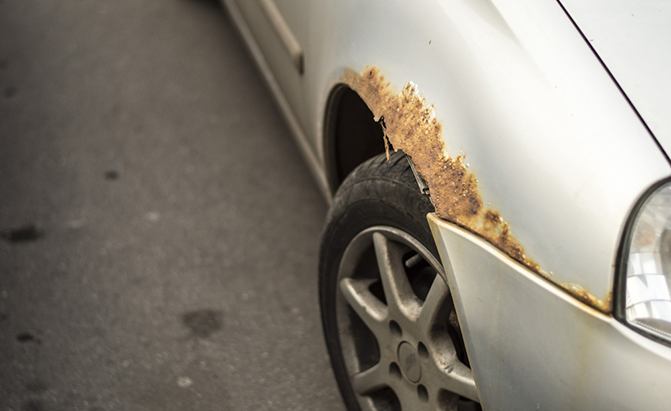























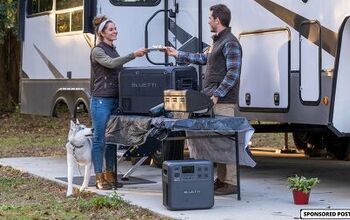
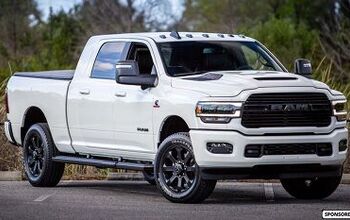

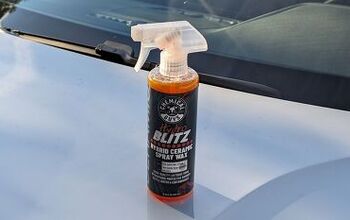


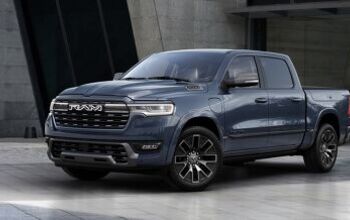

Comments
Join the conversation